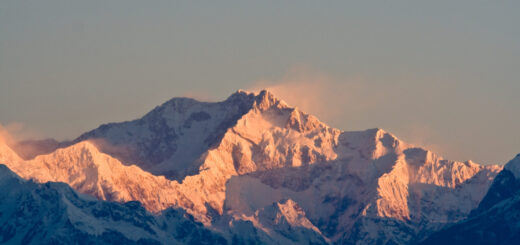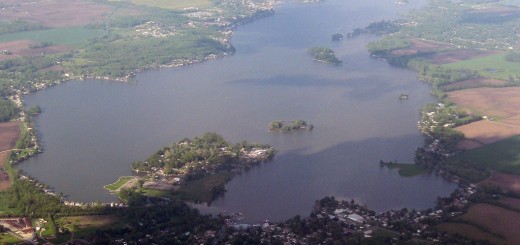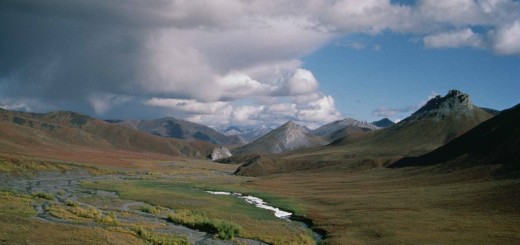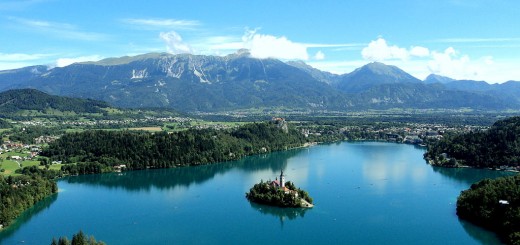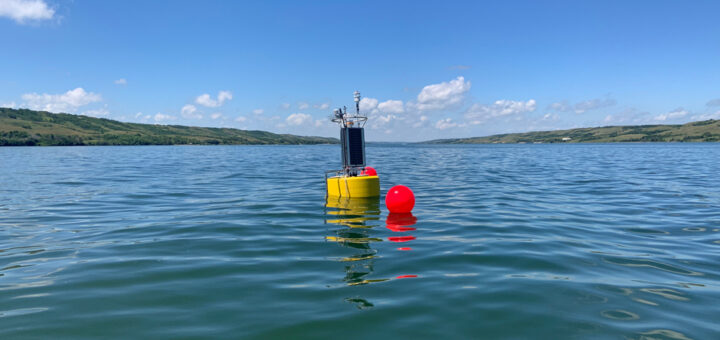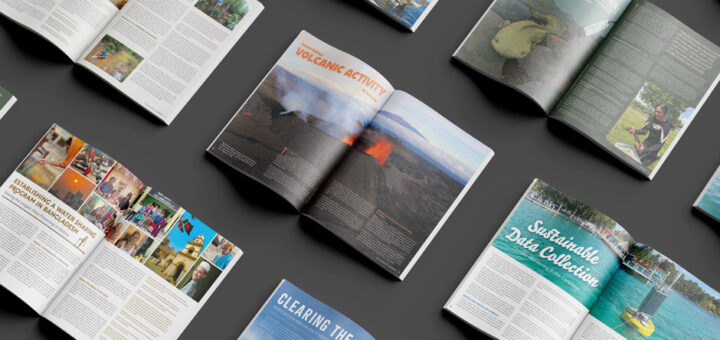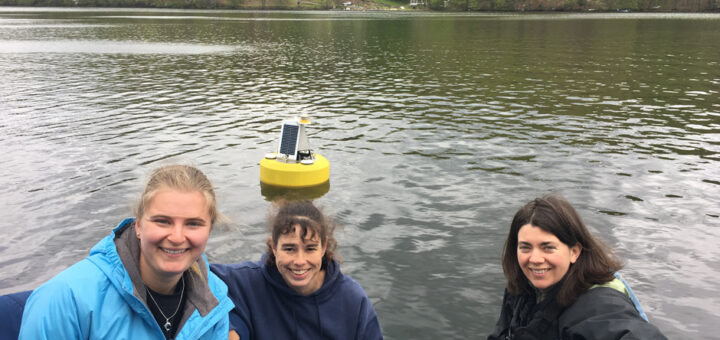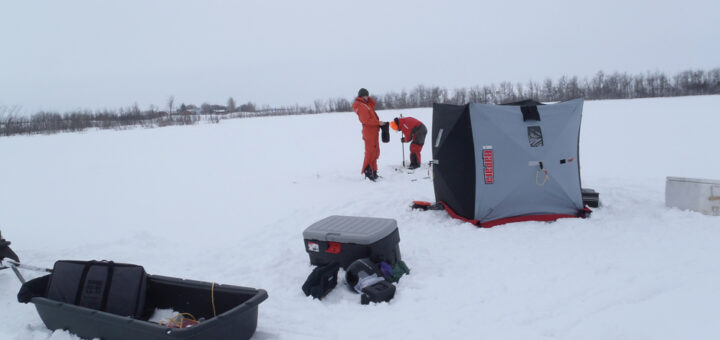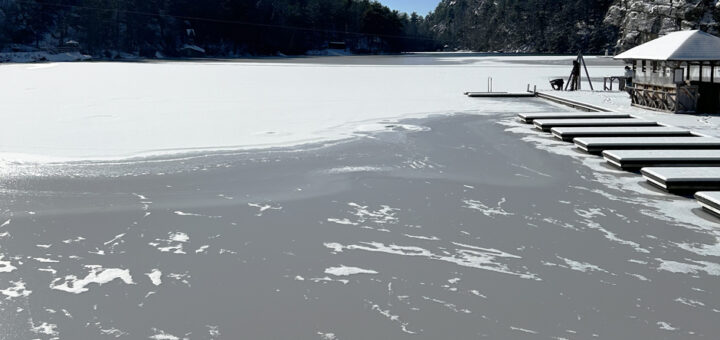Mount Everest Glacial Lakes Expand
0In an effort to assess the impacts of Nepal’s April 2015 earthquake to Mount Everest’s glaciers, researchers from the United Kingdom recently made a trip to the region. They found that many of the pools of meltwater accumulating on the glaciers have expanded to much larger lakes.
The scientists zeroed in on Khumbu Glacier, a shifting, winding river of ice that is covered by dust and debris like other glaciers nearby. Their inspection revealed that the lower part of the glacier has been shrinking due to the loss of ice underneath it.
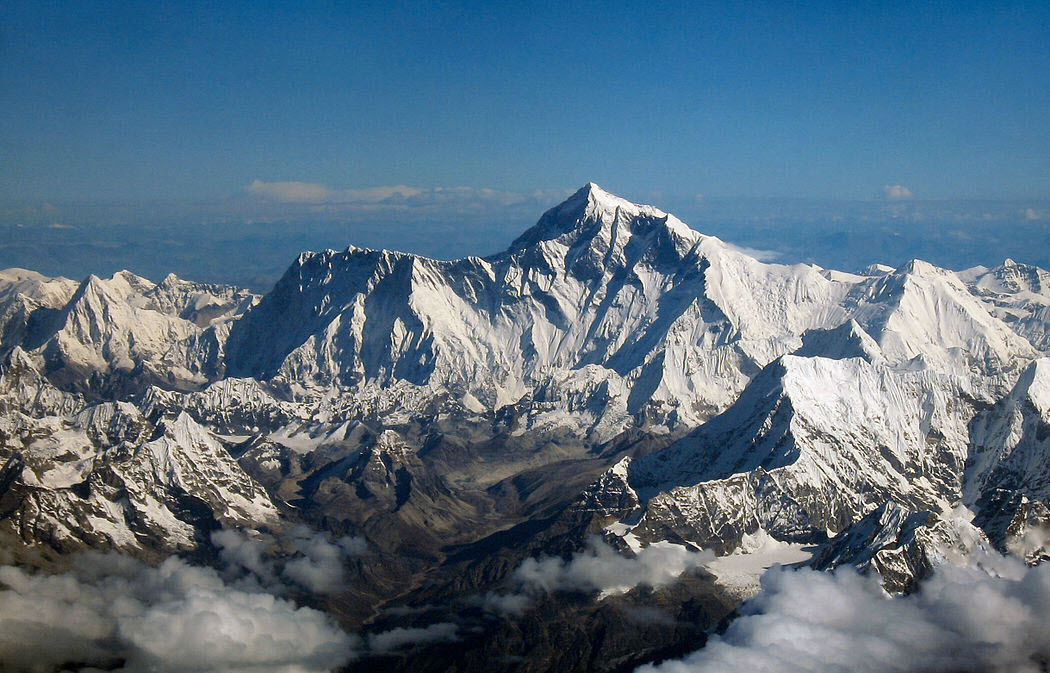
Mount Everest. (Credit: Flickr User shrimpo1967 via Creative Commons 2.0)
Measurements for the past 15 years show that the surface of the debris-covered glacier has been declining at the rate of two meters per year.
The expanded water bodies stretch so far that, in many cases, it’s possible to traverse them with a small inflatable craft. And indeed many of the researchers from the University of Leeds and U. Sheffield took the opportunity to paddle across them.

A researcher sails across a supraglacial lake. (Credit: Owen King / University of Leeds)
But the implications of the expanded meltwater lakes go much farther than just providing new places to set sail. For those living nearby, news of their growth is quite serious, as the risks of glacial lake outburst floods can only go up as meltwater bodies expand.
What these ice declines force is a feedback loop, researchers say. This is because the new meltwater lakes that form are less reflective than ice and absorb more heat. The heat is then dissipated from the water bodies to surrounding ice, causing further melt and enhancing outburst flood risk.
By the end of the century, scientists say that Mount Everest could lose all of its glaciers. Obviously, the big question is where all of the water they hold will go.
It isn’t clear as of yet if the lakes that are forming will remain stable. And the researchers note that more study is needed to gauge the likelihood of them changing in the future — from remaining stable to growing or emptying due to glacial outbursts.
How much of a problem are Khumbu Glacier’s growing meltwater lakes? Do you think the 2015 earthquake or another factor is to blame for their growth? Please leave a comment and share your thoughts.




